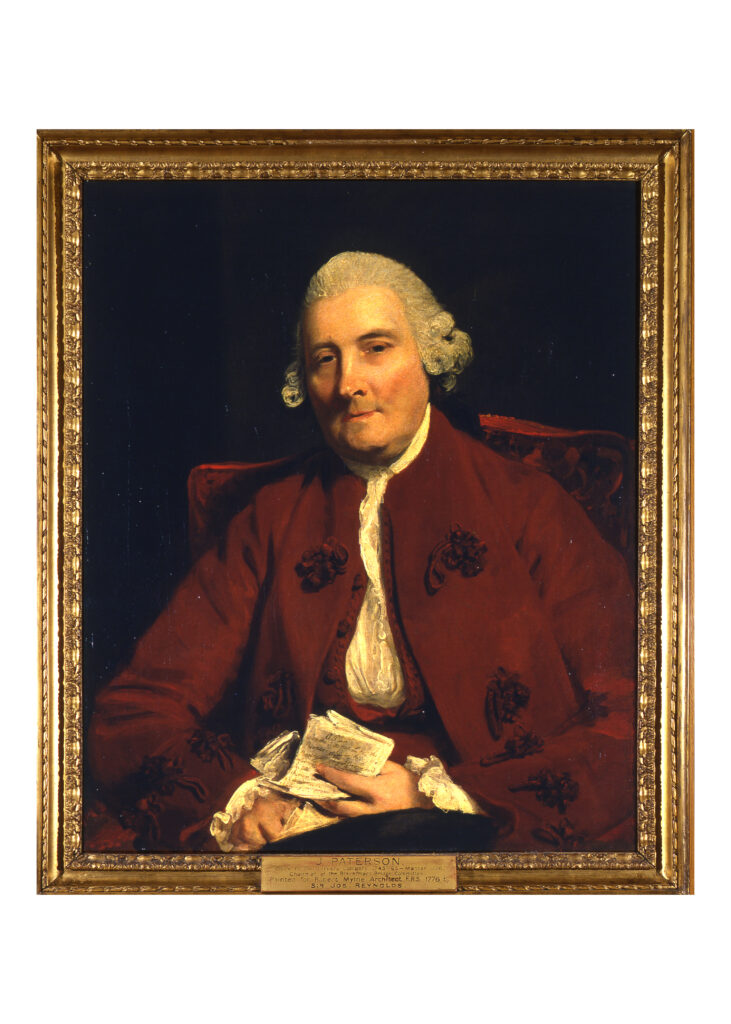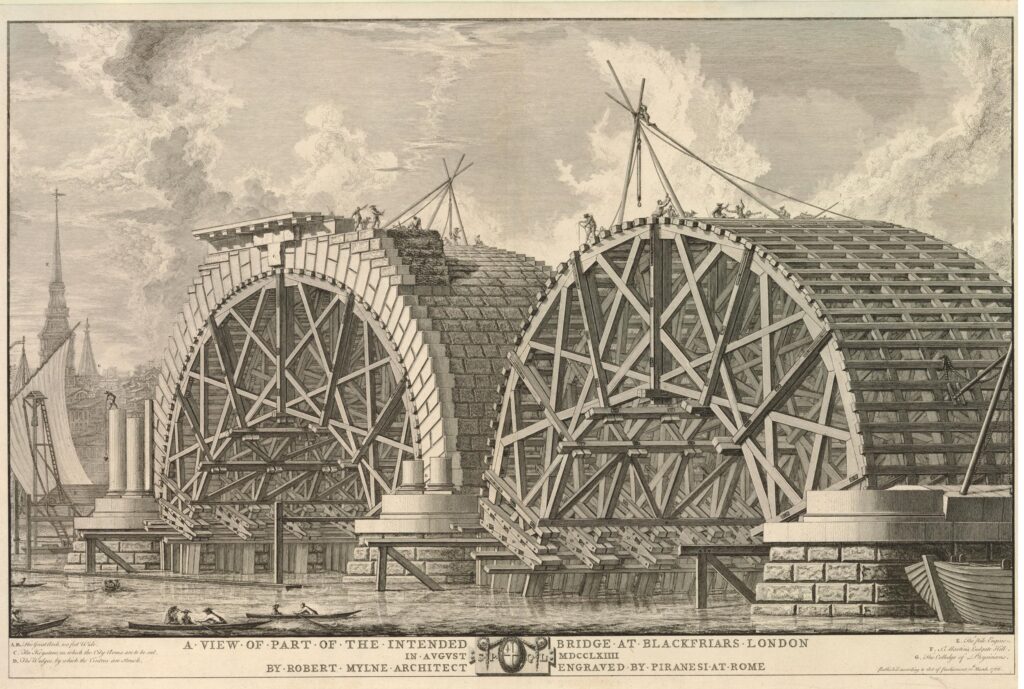On this day in 1766, the Court Minutes record that:
“John Paterson Esquire being withdrawn a Motion was made and the question being put That a piece of plate of the value of Fifty Pounds or thereabouts be presented to the said Mr Paterson as a mark of the high esteem and value this Court entertains of his merit and abilities and to shew their gratitude to him for his long and faithful services during the course of twenty years and in return for his readiness on every occasion to assist this Court with his advice and council, the same was carried in the Affirmative, Nemine Contradicente.”
John Paterson (1705-1789) had resigned as Clerk the year before, a position he had held for two decades at a key moment in the Company’s history. The first Clerk to be appointed after the break by the Surgeons in 1745, Paterson played a significant role in settling the Company’s affairs, and he went on to become Master in 1776.

A London solicitor of Scottish origin, Paterson undertook a wide range of professional, political and civic activities in addition to his roles within the Company during his long life. Associated with the Whig politician and peer Henry Fox, he was MP for the pocket borough of Ludgershall between 1761-8, served on the Court of Common Council of London 1759-71, Chairman of the Committee of Ways and Means 1765-8 and Clerk to the Commissioners of Land and House Tax for London, from 1772.
Paterson played a key role in securing the financing of the new Blackfriars Bridge, designed by architect Robert Mylne (who studied under Piranesi and moved in the same circles as Paterson) and opened fully in 1769. This achievement is commemorated in his portrait by Sir Joshua Reynolds, commissioned in 1776 by Robert Mylne himself, and acquired by the Company in 1890. In his hand, Paterson holds ‘ A plan to raise £300,000 for the purpose of completing the bridge at Blackfriars and redeeming the toll thereon, and embanking the north side of the Thames..’
Paterson’s 1789 obituary in the Gentleman’s Magazine tells us that:
“To Mr. P, among a variety of other conveniences, the publick are indebted for Black-friars-bridge, the widening of old streets, and the introduction of new ones, and many regulations tending to preserve the safety of passengers, to secure the quiet, and promote the trade and commerce, of the city of London”


Further reading:
“Notable Barbers and Surgeons” (Ian Burn, ed, 2008) chapter by Brian Hall on ‘John Paterson, 1705-1789’ available to Company members in the Library.
Obituary of John Paterson, The Gentleman’s Magazine. Volume 59 (Part the Second), 1789, pp. 1154-1155, available to read online here
Biography of John Paterson, The History of Parliament Online, available to read online here
